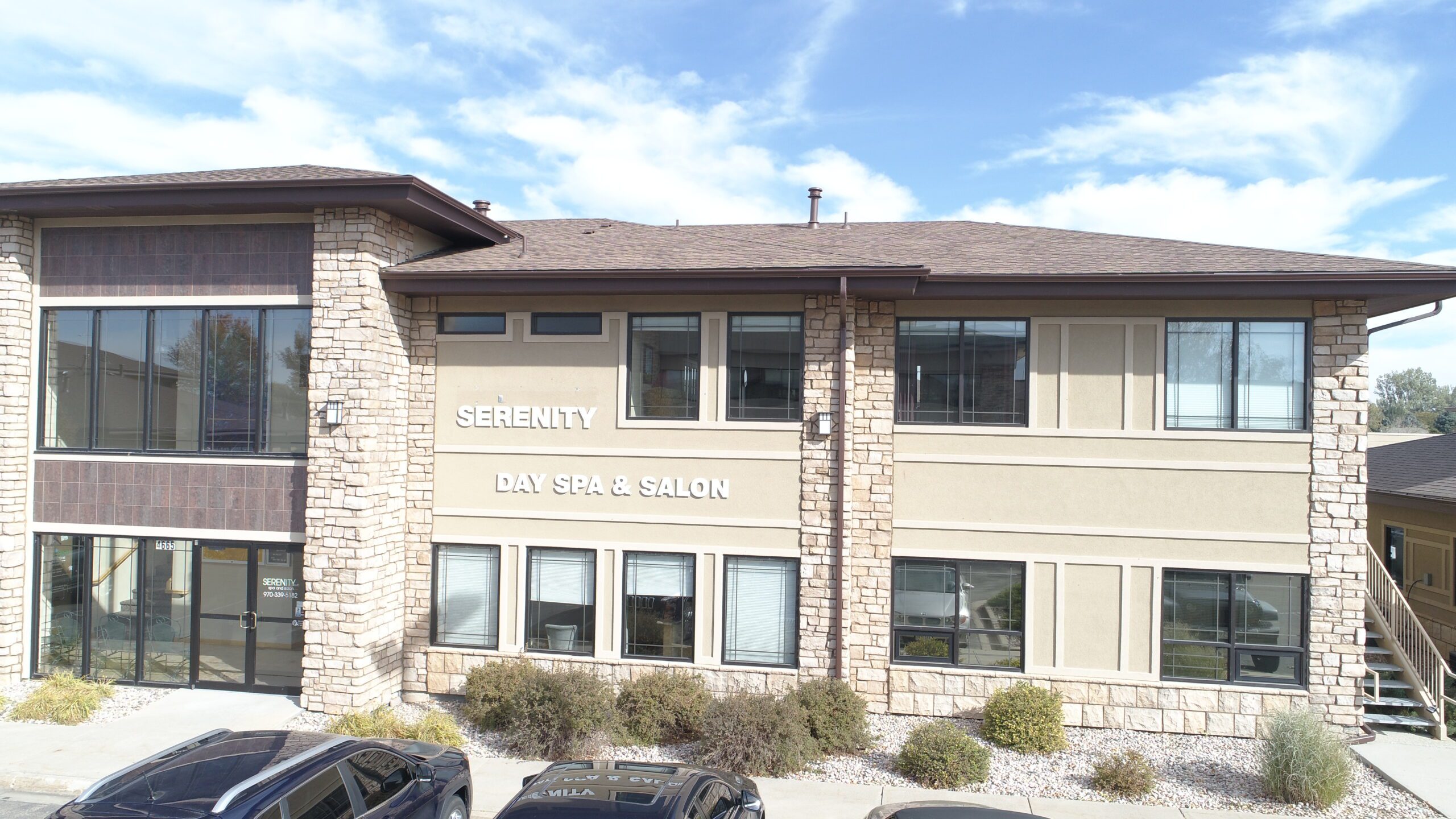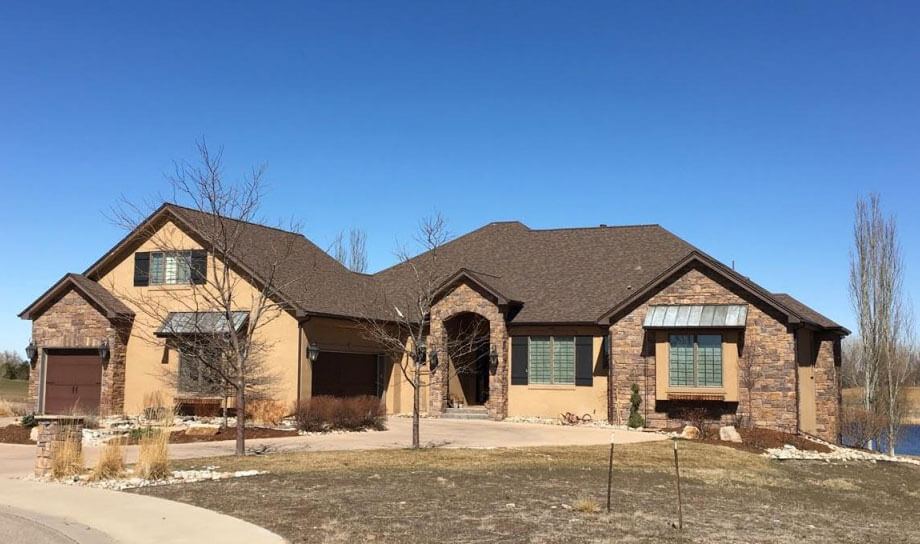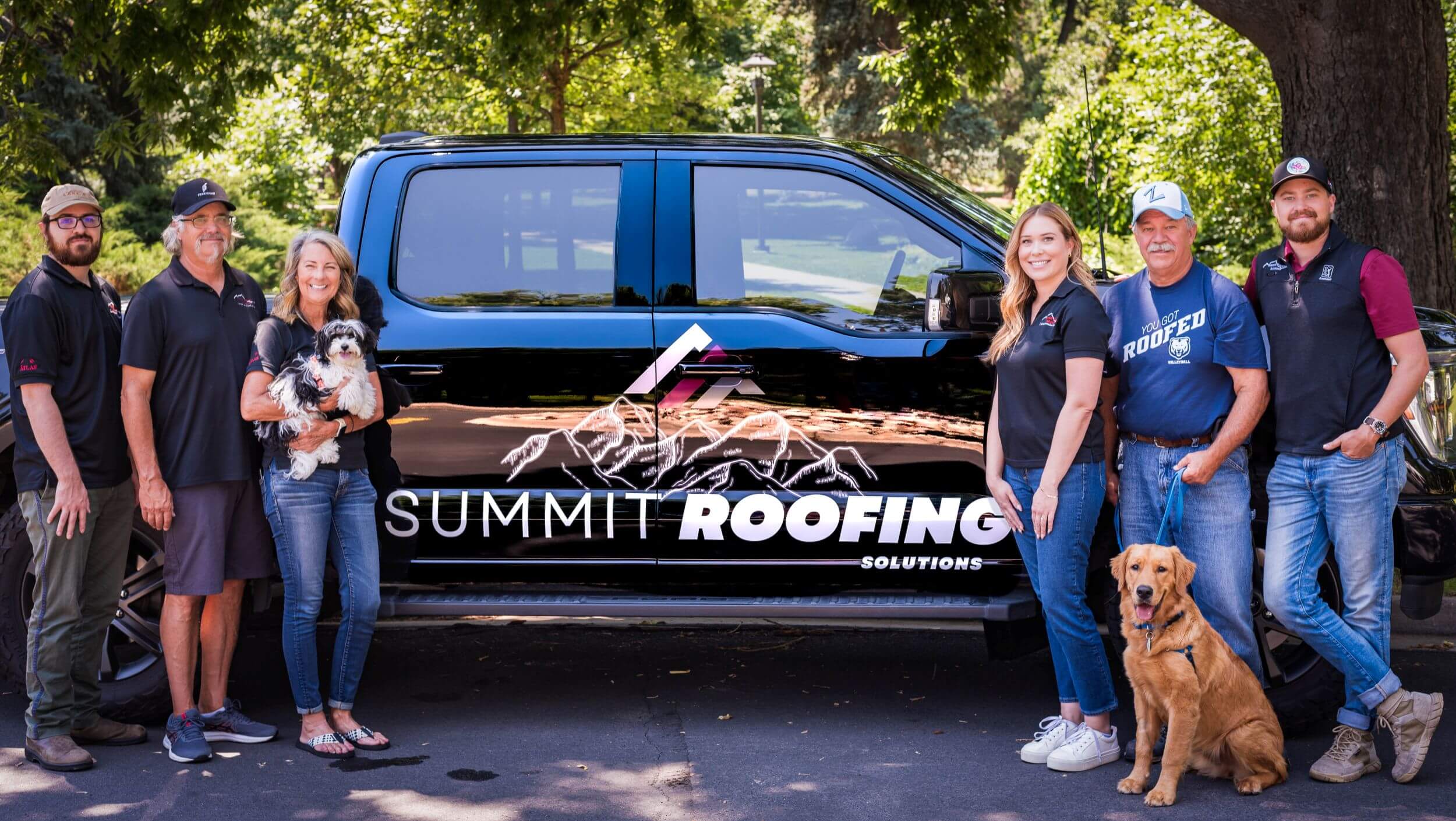Every homeowner knows that their roof plays an important role in protecting their house. But did you know that your roof ventilation also is essential for keeping your home in good condition? Often overlooked during searches for the best roofer near me is the importance of having proper ventilation, but by the time you’re done reading this blog post you’ll have a better handle on what a homeowner needs to know about roof ventilation. Ready to get started? Let’s give you the rundown of everything you need to know before making a final decision on your roofing contractor.
What a homeowner needs to know about roof ventilation: a Northern Colorado homeowner’s guide
1. Why is roof ventilation necessary?
If roof ventilation is a new term to you, you’re not alone. While most homeowners are familiar with roofing materials during their search for the best roofer near me, not everyone is familiar with ventilation and the role it serves. To put it simply, what a homeowner needs to know about roof ventilation boils down to keeping moisture from building up inside your home. Proper roofing ventilation prevents leaks, mold growth, and structural damage from occurring in your home. In addition, roof vents can also help reduce energy costs by allowing heat to escape instead of making your AC work harder.
2. How does roof ventilation work?
So now that you have a better idea of why ventilation is necessary for your home, it’s time to find out how this actually works. While every roofing ventilation system is different, typically there are two things that stay the same for each system: intake vents and exhaust vents. Intake vents are located at the edge of your roof and allow cool air to come into your attic, while exhaust vents remove the hot air. When looking for the best roofer near me, ask the company you’re considering about how their roof ventilation works in tandem with their roofing materials.
3. How many roof vents are needed for my home?
While a best roofer near me should be able to provide you with what a homeowner needs to know about roof ventilation in terms of vents, in general, one vent per 300 square feet is recommended. This is true for homes that have a vapor barrier in their attic, but for homes that don’t, a vent may be needed every 150 square feet instead. Not sure if your home has a vapor barrier or not? Just ask your contractor!
Although there is a lot more to learn about roof ventilation if you’re interested, this list will get you started on what a homeowner needs to know about roof ventilation at the bare minimum. It’s always best to consult a professional roofer if you’re ever looking for more information on ventilation. But if you’d like to learn more now, keep reading for 12 more additional items about roof ventilation.
- Types of Ventilation: There are different types of roof ventilation systems, including ridge vents, soffit vents, gable vents, turbine vents, and powered attic fans. Each type serves a specific purpose and can be combined for optimal ventilation.
- Balanced Ventilation: Achieving a balance between intake (soffit vents) and exhaust (ridge vents or other types) ventilation is essential for proper airflow. Balanced ventilation prevents hot air from getting trapped in the attic and minimizes moisture buildup.
- Attic Insulation: Adequate attic insulation is crucial for efficient roof ventilation. Insulation helps maintain consistent temperatures, preventing extreme heat or cold from affecting the living spaces below the roof.
- Energy Efficiency: Proper roof ventilation contributes to overall energy efficiency by reducing the workload on heating and cooling systems. A well-ventilated attic can help lower energy bills throughout the year.
- Preventing Ice Dams: Proper ventilation helps prevent the formation of ice dams during colder months. Ice dams can lead to water damage and costly repairs if not addressed promptly.
- Extending Roof Lifespan: Effective ventilation plays a significant role in prolonging the lifespan of roofing materials. By reducing heat buildup and moisture, the roof’s structural integrity is preserved.
- Roof Warranty Requirements: Many roofing material manufacturers require proper ventilation to maintain warranty coverage. Homeowners should adhere to these ventilation guidelines to ensure warranty validity.
- Impact on Indoor Air Quality: Roof ventilation helps maintain a healthy indoor environment by preventing the buildup of mold, mildew, and pollutants caused by trapped moisture.
- Seasonal Adjustments: In some regions, adjusting the amount of ventilation might be necessary seasonally. For example, more ventilation may be needed during summer months to combat heat buildup.
- Regular Maintenance: Homeowners should periodically inspect and clean vents and ensure there are no obstructions or damage that could hinder proper airflow.
- Critter Prevention: Properly installed roof ventilation can help deter critters and pests from entering the attic space, reducing the risk of damage or infestations.
- Professional Installation: While some homeowners might be tempted to install ventilation systems themselves, it’s best to rely on professional roofing contractors to ensure proper installation and avoid potential issues down the line.
By understanding these essential aspects of roof ventilation, homeowners can make informed decisions about their roof’s ventilation system, ensuring a well-ventilated and efficient home.
Considering working with Summit Roofing Solutions for your next project? Check out this 5-star review from our recent customer, Phyllis Nakagawa.
“They were very prompt and efficient and knowledgeable after I called. Zach came and did an evaluation on a cold Saturday morning! Let us know what the problem was. Then set up a time to come and fix the venting problem! The gentleman that came to fix the problem explained everything he was going to do and why, was the most courteous and knowledgeable worker that has come to repair something, did it with a positive attitude, and then showed me what he fixed! I even got a video. Now I know why my insurance company recommended Summit Roofing!”
Summit Roofing Solutions, LLC is a local roofing company specializing in residential roofing and repairs. We also take care of windows, gutters, siding, stucco, garage doors, paint – everything including your roof. Our family-owned company also provides roofing repair after hail storms. If you need a new roof due to damage caused by hail, we are happy to assist you. We serve Greeley, Fort Collins, Loveland, and all of Northern Colorado. Call 970-381-9926 to contact us about scheduling your roofing replacement or for a free estimate. We look forward to working with you soon!





